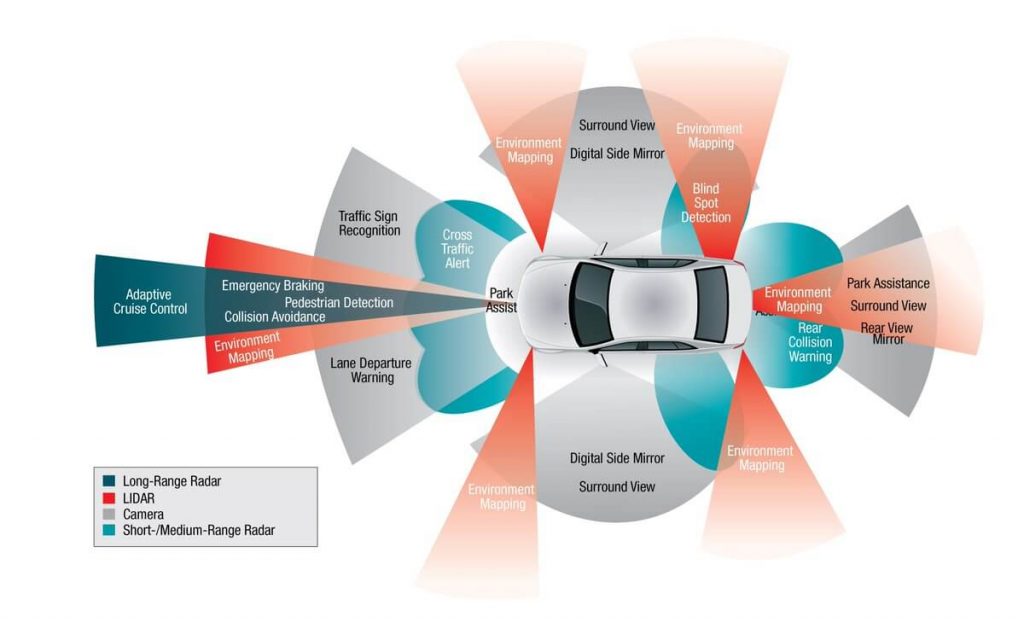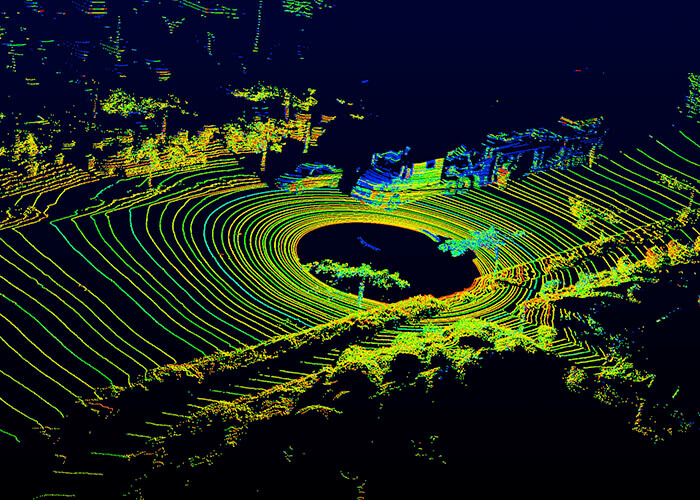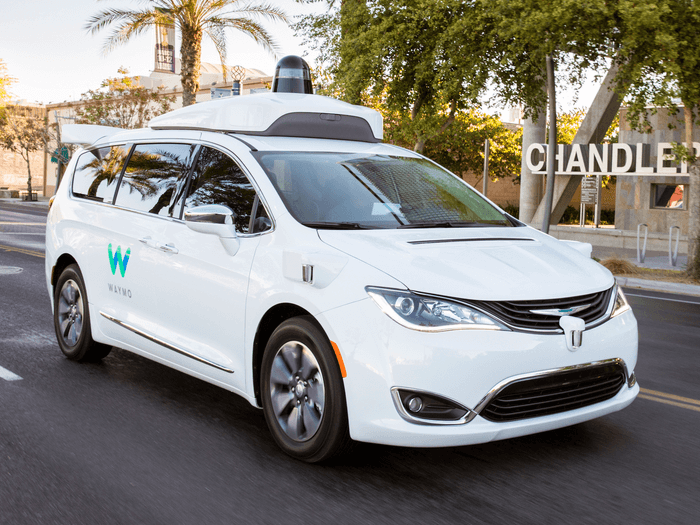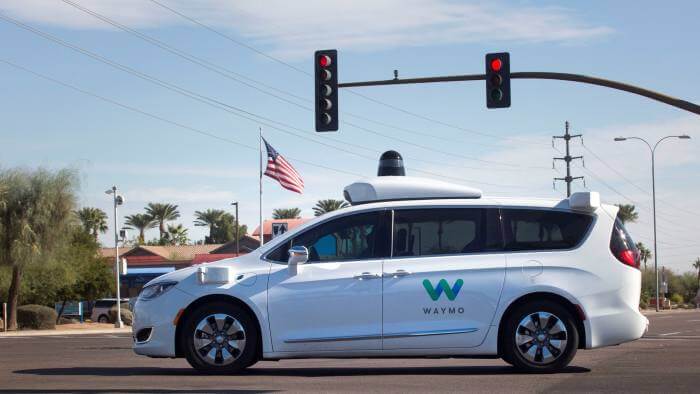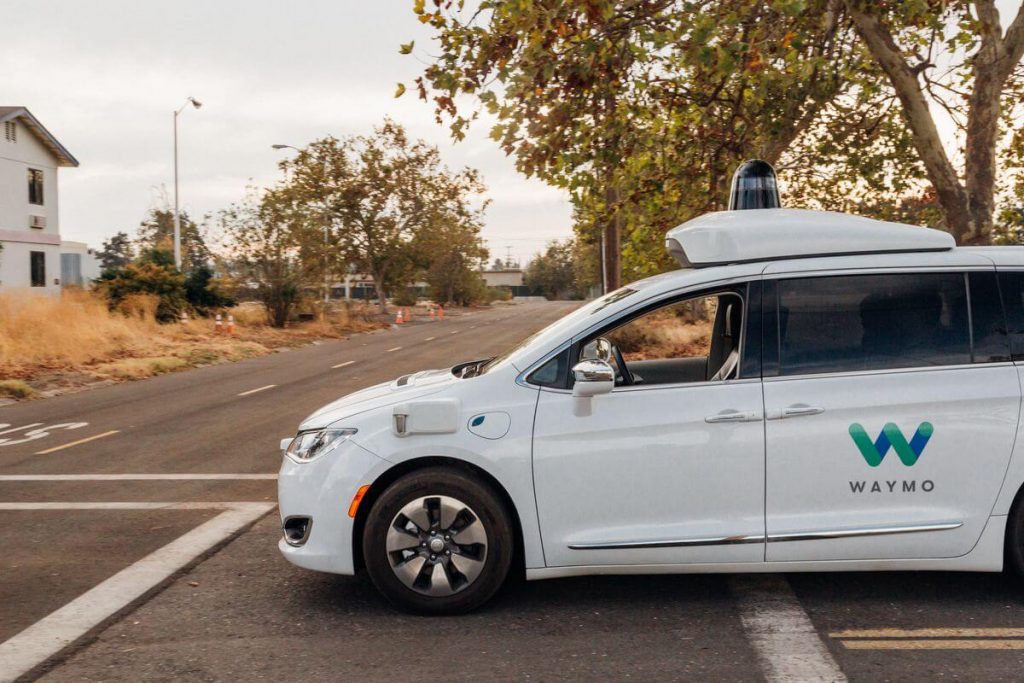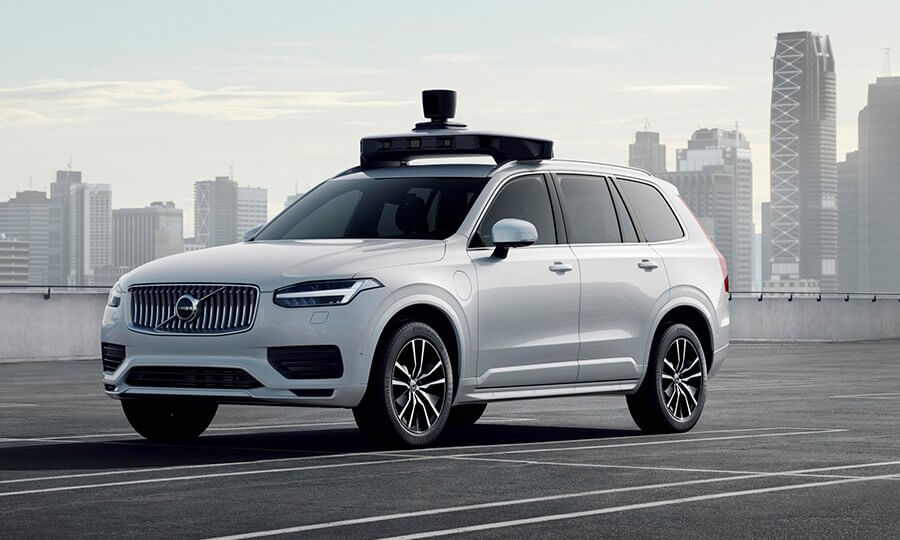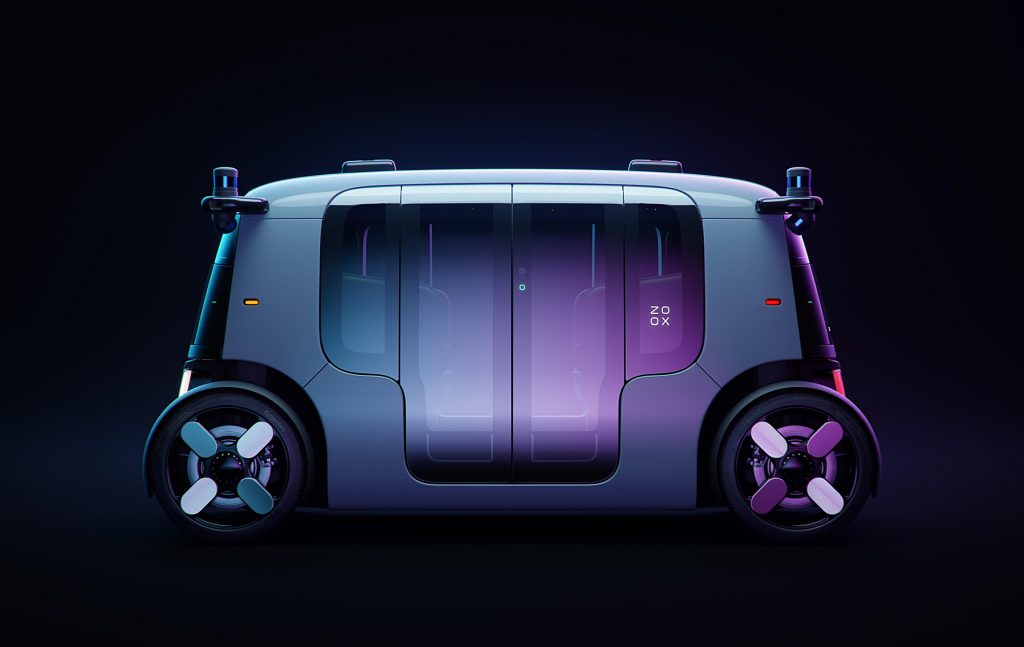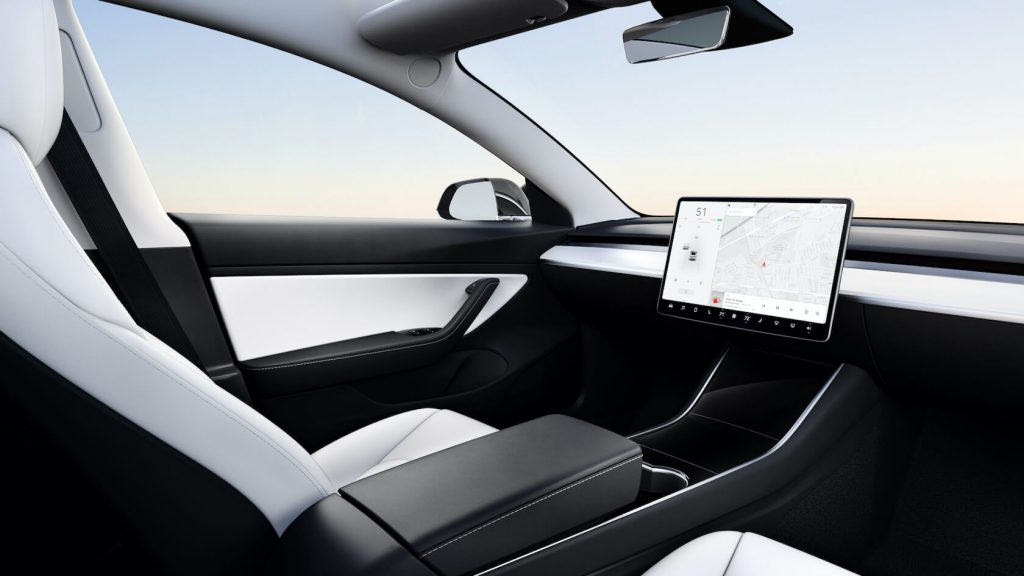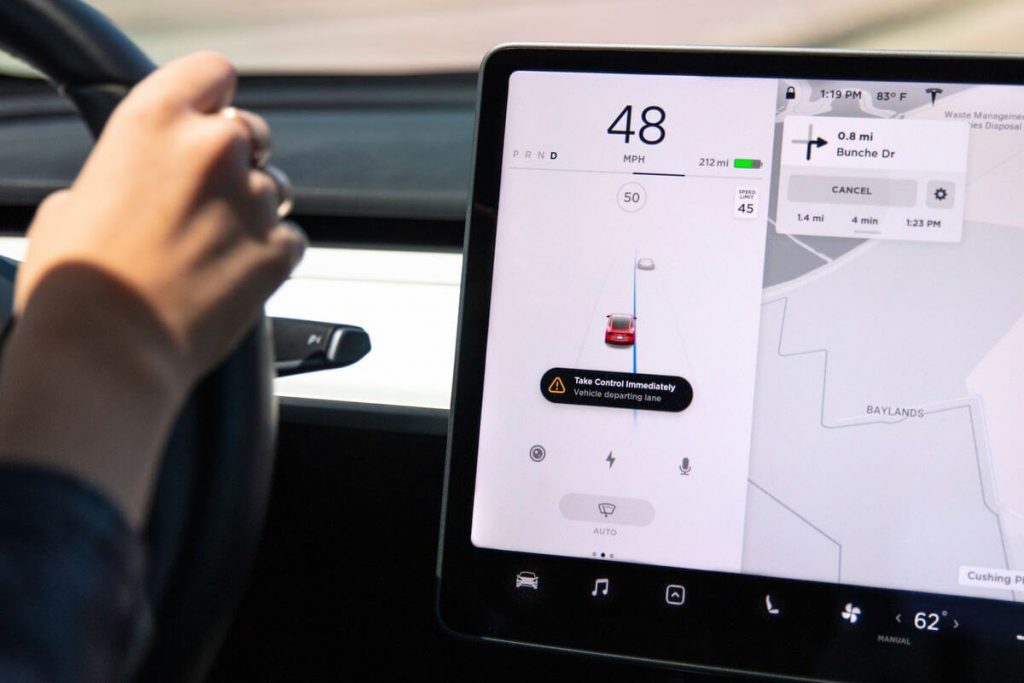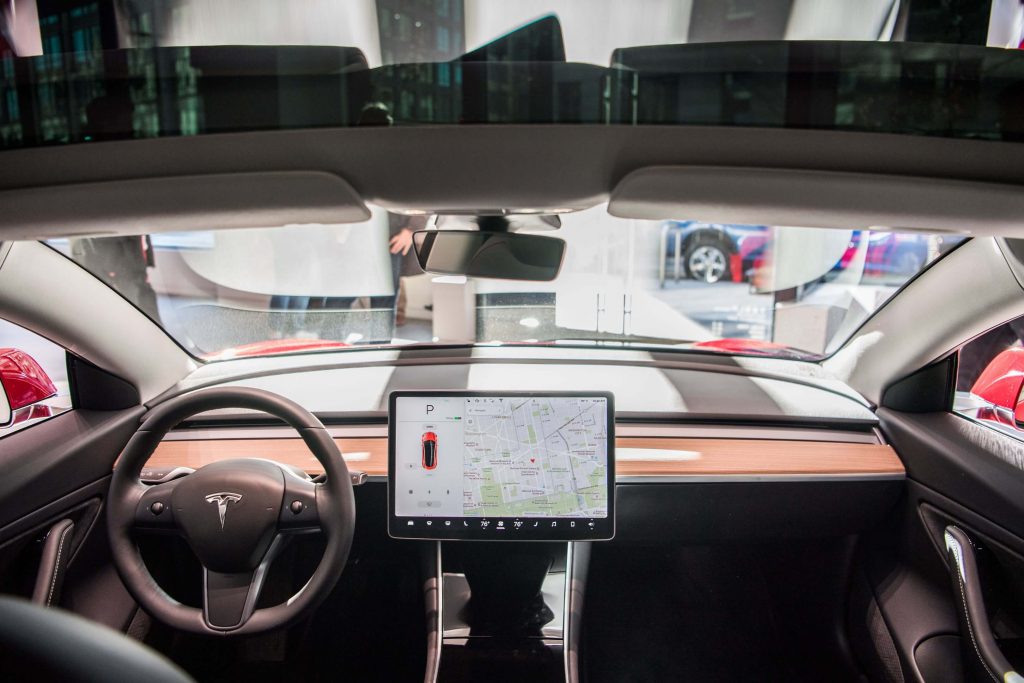Article Dt. 28.05.2021 5:10pm
Autonomous Vehicles
The world is witnessing the Fourth Industrial Revolution (FIR), which is characterized by the combination of digital, physical and biological worlds. We believe that the hallmarks of this era are some advances in advanced technologies, such as artificial intelligence (AI), robotics, quantum computing, the Internet of Things (IoT) and fifth-generation wireless technology (5G). FIR is also called Industry 4.0.
The most important applications for the integration of the digital and physical world are autonomous driving (AD) and connected autonomous vehicles (CAV). The first will bring new concepts and opportunities for mobility, and will expand the capacity and efficiency of the transportation system. These technologies will fundamentally change the transportation infrastructure and influence future planning. The use of audiovisual technology in future smart cities will bring many potential benefits. However, when analyzing the existing literature, it is found that many scholars attach great importance to safety. According to the National Highway Traffic Safety Administration (NHTSA) report, this aspect is usually resolved, and the report recommends the use of efficient accident prevention techniques to prevent accidents.
Some of the Used Terms in Self Driving or Autonomous Vehicles
Autonomy
Autonomy is a closed-loop system that does not require interference or input from an external system, ie an autonomous car does not require the involvement of the driver.
Automation
Automation is that a single system can, based on a selected prompt or planned suggestion, become a closed-loop system, ie by selecting a radar-controlled cruise control.
Partial Automation
A semi-closed loop system where prompts are needed to complete the initial activity and may require additional, but not necessarily, prompts, such as Lane Keeping Aid.
Artificial Intelligence (AI)
Likewise, an overrated technology that will either save humanity or destroy it for eternity. Artificial intelligence also occupies a lot of space in the autonomous vehicle literature, as the autonomous vehicle computer will have to calculate millions of variables from a multitude of sensors and interpret and evaluate what is the best course of action.
Vehicle-to-vehicle (V2V) communication
Car-to-car (C2C) or vehicle-to-vehicle (V2V) communication occurs when one car can communicate with another car. Many supporters and engineers working in the autonomous vehicle industry believe that communication between cars will be essential for autonomy to run as predicted, with every car in front talking to the car in the back informing it of oncoming traffic hazards, weather or accidents.
Driver Monitor Systems
Driver Monitoring Systems (DMS) have been around for some time. Mercedes-Benz had one of the first systems to monitor driver fatigue and warned him that he probably needed to take a break, stretch, or stop and rest. The influx of ADAS and automated systems made DMS absolutely necessary, as people displayed a mindless disregard for reality and repeatedly abused these systems for sleeping, eating, texting, watching movies, and even having a bodily relationship with another adult. Every car equipped with these ADAS should have some form of DMS.
Radar-Guided Cruise Control
A recent advancement in automotive technology, radar-controlled cruise control is one of life’s newest little pleasures. Using a set of sensors located in the car’s bumper or in the housing near the rearview mirror at the top of the windshield, it detects cars in front and can control the distance between objects in front and you, braking and accelerating when necessary.
Lidar
In essence, lidar is a way for scientists to use laser light to measure distances between objects, and the returned data is then used to map the 3D scanning area – think of it as a fast tool for generating topographic maps. Archaeologists used lidar to scan the rainforest canopy and sand-covered plateaus to detect ancient civilizations with impressive accuracy and detailed scans.
Due to its accuracy and the full spectrum of the surrounding area that is mapped in 3D, autonomous vehicle scientists adopted and miniaturized the technology to provide better forward, side and reverse scanning for prototypes of autonomous cars operating in 3D space.
Geo-Fencing
Geo-fencing occurs when an autonomous car can operate autonomously only in certain areas designated by the manufacturer or on certain roads. It couldn‘t function elsewhere.
NHTSA’s explains 6 levels of Vehicle Automation
Level 0 – No-Automation
Level 1 – Driver Assistance
Level 2 – Partial Automation
Level 3 – Conditional Automation
Level 4 – High AutomationLevel
Level 5 – Full Automation
It is expected that self-driving cars will improve safety and comfort, reduce traffic congestion, pollution and fuel consumption, and further facilitate travel convenience for the disabled and the elderly. In addition, autonomous driving will reduce the number of accidents and collisions through communication between vehicles. In addition to security, some scholars have further analysed the potential benefits of using AV, believing that AV will be the most significant change and transition in society and cities since the advent of the Internet.



Present Leaders in Autonomous Vehicle Technology
1. Waymo
Waymo is a subsidiary of Alphabet, Google’s parent company, and is often hailed as a pioneer in autonomous vehicles, probably because it has the lowest disconnection rate per 5,127 miles (for example, when humans are required to control the steering wheel).
The company began testing vehicles with autonomous driving features in 2009 and has since driven more than 10 million miles of highways in 25 cities. The company has cooperated with Fiat Chrysler, Jaguar Land Rover, Honda Motors and Lyft and has obtained 2,118 autonomous driving technology patents. Since 2018, the public has been testing the commercial autonomous driving service Waymo One. Waymo became the first and only company to obtain a license to test driverless delivery on public roads in California.
2. Uber
Uber’s self-driving vehicle journey has been tarnished with controversy. Following the company’s purchase of Otto Trucking (a self-driving start-up full of former Alphabet employees) in 2016, Alphabet responded with a hefty trades secrets lawsuit. In March 2018, one of Uber’s self-driving Volvo XC90 SUVs killed a pedestrian in Tempe, Arizona.
Despite these major setbacks and a lengthy hiatus, Uber’s self-driving SUVs returned to the roads. In 2019, Uber announced the third generation of its self-driving car, which included multiple backup systems to improve safety, and secured an additional $1 billion in investments from Softbank’s Vision Fund, Toyota, and auto-parts maker Denso. Last December the company purchased 600 acres of land near Pittsburgh, which will be used to build a new test track for self-driving cars.
3. Zoox
Zoox, a self-driving car startup Amazon acquired in the summer, launched a prototype robotic taxi on Monday. Urban EV upholds the familiar ferry concept and brings square mobility solutions to many cities around the world. Although these pilots have achieved varying degrees of success at best, the company sees them as part of an on-demand future, and everything is available through the app.
Zoox vehicles are designed and manufactured in the United States, designed for autonomous driving, and provide two-way driving, functions and four-wheel steering. However, if we say that this concept looks very different from the prototypes provided by May Mobility, Jaguar Land Rover and more than a dozen other companies, these prototypes may not be suitable for new or traditional car manufacturers’ lockers, then we Is lying.
Zoox capsules should be better, more powerful, and can serve customers in densely populated urban environments. And there are reasons to believe in some hype. For example, the robotaxi is equipped with a sizable 133 kWh battery. For a four-seater car, this is a huge (in 2020), about the size of a small car. Although the curb weight of the vehicle is 5,400 pounds, if you don’t have too many miles on the road, this should allow you to run errands all day long.
4. Tesla
If we were talking about self-driving cars, would it really be an article if we didn’t mention Tesla? As of October 2016, Tesla has equipped all its cars with self-driving equipment, including 360-degree omnidirectional cameras, ultrasonic sensors, and a radar with improved processing that can see through heavy rain, fog, dust and even the car in front.
In true Elon Musk style, he promised that Tesla’s car would travel across the United States on its own in 2017. Tesla will be able to make its vehicles fully autonomous by the end of this year 2021, founder Elon Musk said. It was already very close to the basic requirements of this fifth level of autonomy, which does not require the involvement of the driver. The current Tesla Level 2 autopilot requires the driver to remain alert and ready to act, hands on the steering wheel, but a future software update could activate the 5th autonomy level in cars – no new gear, he said.
5. General Motors
In 2016, General Motors (GM) acquired Cruise Automation for $581 million to help launch self-driving vehicles as part of its ride-sharing fleets. Following this, GM initially pledged to deliver a version of its self-driving Chevy Bolts without steering wheels or pedals by 2019, but this timeline was eventually revised.
As of December 2019, the company is petitioning the U.S. National Highway Traffic Safety Administration (NHTSA) for permission to test its cars without steering wheels on public streets, which, if successful, would make them the first company to do so.
6. Volkswagen and Hyundai
Hyundai and Volkswagen have each formed separate partnerships with self-driving technology specialist Aurora to produce Level 4 autonomous vehicles in the next few years.
Hyundai has been particularly vocal and ambitious: in an official statement it says it plans to “bring self-driving Hyundai vehicles to market by 2021”, with the Aurora partnership to “focus on the ongoing development of hardware and software for automated and autonomous driving and the back-end data services required for Level 4 automation”.
Levels of automation have already been agreed upon by the Society of Automotive Engineers (SAE). Level 4 vehicles can operate without human input or oversight under select conditions.
Higher Levels of Automation and When to Expect?
With higher levels of automation, the driver does not necessarily have to be involved in driving. The driver would be effectively replaced by AI self-driving software.
Level 4 is a “stand-alone” vehicle that has a limited range of where and when it will drive. The best example of a Level 4 vehicle is the Google Waymo robotaxi project. Other companies are also making significant progress in the development of Level 4 vehicles, but these vehicles are not commercially available to the public.
Level 5 represents a truly autonomous vehicle that can travel anywhere, anytime, similar to what a driver can do. Moving from level 4 to level 5, however, is orders of magnitude more difficult than going through other levels, and can take years. We anticipate a Level 5 capable vehicle with commercial use as soon as 2030 if all the researches and sanctions and regulations for a Unified Regulation takes place. We can only wait and watch.
Arguments against Autonomous or Self Driven Vehicles
Complex, Real-Life Driving Conditions / False Sense of Security
Split-second decisions, rapidly changing weather conditions, the ability to look other drivers in the eye at an intersection – these are real conditions best left to the committed driver. Technology can undoubtedly be of great help; In some cases, some of the new automotive assist technologies can save lives if properly used. But driving is complicated; Roads, lanes and conditions vary, and the same activities are not always best in all circumstances. As in many Tesla accidents either the system misinterpreted a object which caused the accident or Lidar or Safety systems where not working. This all creates a blockage in our minds thinking whether it is really safe to ride in a Complex Highway with obstructions and scenarios of never before happens..
Lack of Regulations Autonomous Vehicles
An article from GovTech, on January 15, 2021 noted that regulations that allow manufacturers of fully autonomous vehicles to “bypass certain federal safety requirements in the event of a collision” on non-passenger vehicles were issued by the Trump Administration, supported by NHTSA. More rules and regulations are likely to follow to accelerate the process of bringing more autonomous vehicles onto the road. However, not everyone is happy with it. Safety advocates warn that there must be rules to protect consumers, including derogations from the rules for driving vehicles.
Cyber Attacks
The threat from hackers during the operation is real. In 2015, hackers remotely took over the Jeep, forcing it to stop on the St. Louis driving 70mph. Hackers could access the braking system and steering the car via the on-board entertainment system. The article explained that this was an “unplanned scheduled” exercise, meaning it was part of a test scenario, but the driver did not know exactly how or when the takeover would take place. Nevertheless, the danger he was in and the panic he experienced did their job. Unfortunately, hackers are smart and choose to use their skills in ways that can be harmful or even deadly.
Imperfect Technology
AAA study conducted in 2020, found that vehicles equipped with active driving assistance systems experienced some kind of problem on average every eight miles under real driving conditions. They also found that active driving assistance systems, i.e. systems that combine vehicle acceleration with braking and steering, often switch off shortly in advance, requiring the driver to immediately return to control. It’s easy to see how this scenario could end in disaster if the driver is distracted for even a moment or relies too much on the system’s capabilities.
Autonomous vehicles worldwide – statistics & facts
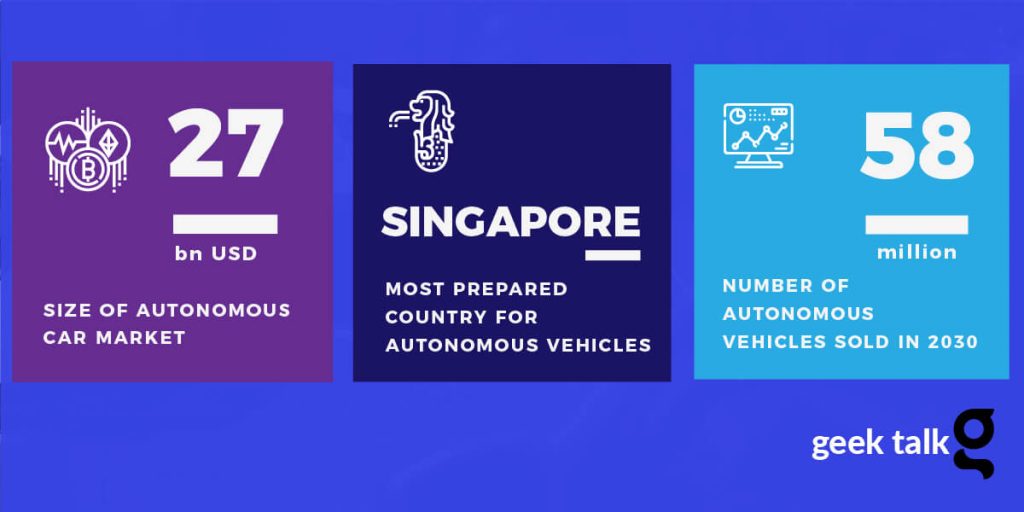


All photos original credits are of the respective owners & sites, I have only used it for illustration purposes.






